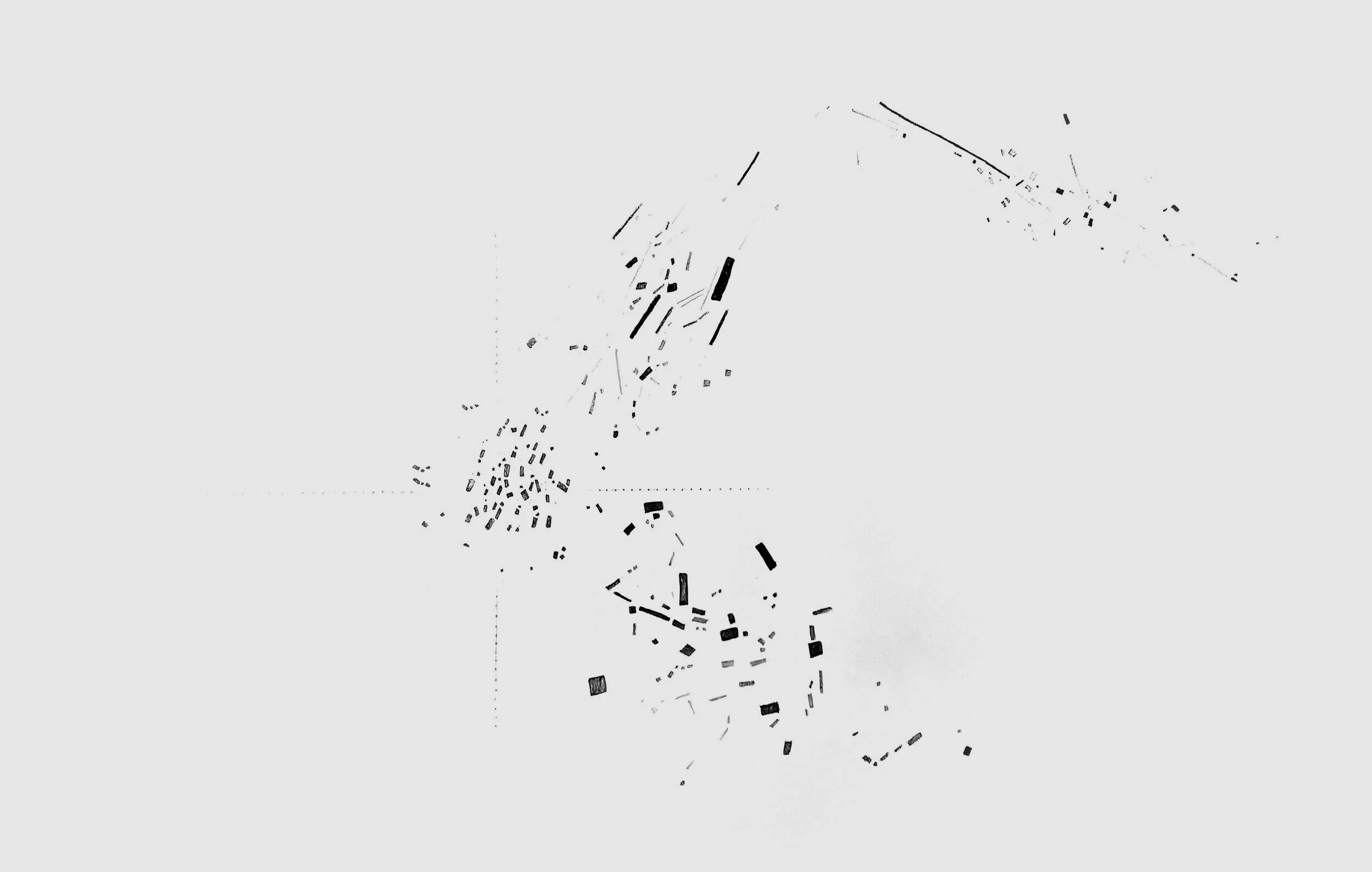Reflection
The primary phenomenon that I studied this semester was wind, whose primary causalities included built structures; natural barriers such as trees, bushes, grass, etc.; regional climate changes; as well as greater climatic variances in North America. I focused on the interactions between wind and other systems at the base of Pete’s Hill for projects 1-3. For project 4, I switched locations to Bogart Park. I employed a variety of tools to record the patterns on my site, including photographing areas of significance, string and ink, site mapping, online information and research, in-person visual observations over time, and data revealed through my intervener. Through my observations, I have learned that literally every system plays an important role in the overall composition of a site, and there is a plethora of systems to consider. In order to create meaningful and successful designs, I synthesized the information I already knew, hypothesized the potential outcomes of a given iteration, and created designs that revealed new information and insights. After this thorough site analysis, I concluded that my transection area off ered a great opportunity to facilitate social interaction because of its optimal situation within the greater context of Bozeman, as well as the climate that has been established by the built and natural structures on site. Throughout the semester, I collaborated with others by giving and receiving feedback while working on projects in the studio, as well as during pin-ups and critiques in class. I learned the importance of system interactions, as well as began developing a mindset geared towards creativity and design thinking. It is important to learn systems thinking because no design is ever created in a vacuum. One cannot hope to create a successful design without fi rst having a thorough understanding of the context the design will operate within. I will carry what I have learned this semester with me throughout the rest of my education and career because what I have learned this semester are the foundations of all design.
Project 1 — Site Systems and Patterns
For our first project, we were tasked with analyzing a transect of downtown Bozeman and mapping the site with creative physical photo manipulation. This was a collaborative project; I worked with Erica O’Borsky for the entirety of project 1.
Iteration 1
This is my initial site mapping of a portion of my transect found at the base of Pete’s Hill.
Iteration 2
After our initial site mapping, we decided we wanted to map and analyze the textures, colors, and social hierarchies within our site. We physically manipulated the photos to reflect the qualities of these systemic properties.
Iteration 3
Final Iteration
In our final iteration, we chose to continue mapping and analyzing the same properties, but we tried to make our mapping more clean and legible.
Project 2
For Project Two, I switched tack and decided to focus on the primary phenomenon of wind, analyzing the directionality and velocity patterns on my site.
Project 2.1 — Wind Mapping
I chose to physically map the wind patterns on my site by using ink, a string, and paper. From the patterns made by the ink on the paper, I could analyze velocity and direction.
Project 2.2 — Wind Mapping Drawing
For this project, we were tasked with abstracting our mappings to create a drawing through which we could develop our hand drawing skills.
Iteration 1
Final Iteration
Project 2.3 — Engager
My engager was essentially a modified wind vane that further revealed and amplified the components of directionality and velocity. I used this tool to begin mapping the wind patterns in my transect site.
Project 2.4 — Section Drawings
drawings of the engager created in project 2.3
Final Drawing
Project 3 — One Person Engager
The objective of this assignment was to create an engager that would allow a person to participate in the system we were studying.
Iterations
I experimented with many different designs, trying to find a way to engage the wind system in my transection area.
Final Iteration
For my final iteration, I designed a one-person intervention apparatus which amplified the tactile sensation of wind by creating a structure that would alter the wind’s velocity. Additionally, it amplified the auditory component of wind through a manipulation of materiality and spatial confinement. It was also in this project that I learned about modeling sites topographically as well as taking into consideration how topography is yet another system that holds influence over the grander interactions of a given site.
Project 4 — Participatory Social Space
In Project Four, I switched my transection area to Transect #10 and focused on the area of Bogart Park. I also switched the typological perspective from which I analyzed wind patterns. The ten person intervener apparatus which I designed for this project viewed wind from a seasonal and temperature-sensitive point of view. In this project I really pushed myself to utilize materials and structural forms that I had not previously employed.























